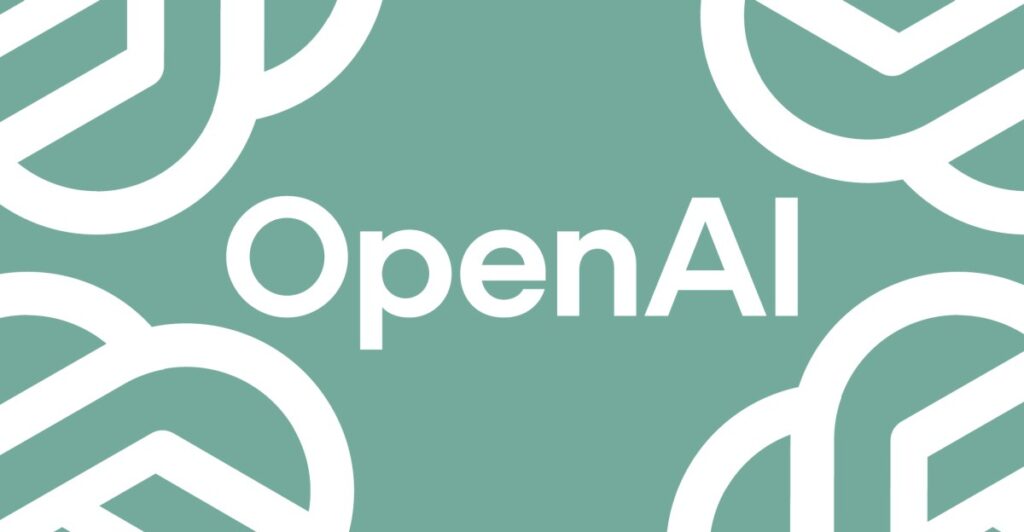On a recent Tuesday, OpenAI’s ChatGPT service faced significant disruptions as users reported multiple performance issues across various platforms. This incident serves as a reminder of the complexities involved in AI operations and the critical need for reliable solutions in automated systems. As with many technological solutions, users experienced a range of errors, from delayed responses to total service outages. Understanding these challenges and providing effective troubleshooting strategies is essential for businesses leveraging AI technology in their operations.
Reports indicate that issues began around 3 AM ET, as highlighted by Downdetector, a service used for monitoring online platform outages. OpenAI’s own status page confirmed that users encountered elevated error rates and latency affecting not only ChatGPT but also other services like its Sora text-to-video AI tool and various OpenAI APIs. Specifically, a significant portion of users worldwide reported difficulties engaging with the platform, exacerbating the frustrations of those who rely on these services for business insights or customer interactions.
Although the reported issues affected a significant number of users, it is worth noting that some could still access ChatGPT, albeit at a slower pace. This inconsistency can lead to confusion, as not all users experience the same level of service disruption. Such variability is not uncommon in software services, especially those reliant on cloud infrastructure. Therefore, addressing these errors promptly is vital for maintaining user trust and operational efficiency.
Common problems in AI and automation generally include software errors, API rate limits, and integration issues. These can manifest in various ways, including timeouts, incomplete responses, and overall sluggish performance. For businesses, these problems can hinder productivity and customer satisfaction, potentially leading to revenue loss. Additionally, the risk of an unreliable AI system can lead organizations to hesitate in fully integrating AI solutions into their operations, thereby failing to capture their full potential return on investment (ROI).
To troubleshoot such AI service disruptions effectively, consider implementing the following step-by-step solutions:
-
Identify the Error: Begin by documenting the specific error messages encountered or the symptoms observed. For instance, note whether responses are delayed, incomplete, or entirely absent. Tools like Downdetector can help you confirm if the error is widespread or isolated to your operations.
-
Check System Status: Regularly monitor OpenAI’s status page or relevant API documentation. This provides insights into ongoing issues and maintenance schedules, allowing you to determine if the disruption is temporary.
-
Examine API Limits: For businesses using APIs, ensuring compliance with rate limits is crucial. Check your usage statistics to determine if you are exceeding any prescribed limits. If so, consider implementing request queuing or throttling mechanisms to ensure smoother operation during peak times.
-
Review Integration Points: Integration issues can often stem from misconfigurations. Check your API keys, endpoints, and any authentication requirements that may have changed. Consult documentation for any updates or potential deprecations that could affect your integration.
-
Experiment with Alternate Configurations: If errors persist, try testing different configurations within your application’s environment. For instance, adjust settings to be more accommodating for response times or switch between different modules to identify possible solutions.
- Contact Support: If you’ve exhausted your troubleshooting options without success, reaching out to OpenAI’s customer support can provide tailored assistance. Prepare your documentation of the error and any attempted solutions to expedite the troubleshooting process.
The urgency of resolving such errors cannot be understated. Each moment of downtime can equate to potential lost revenue and reduced customer satisfaction. Businesses that act swiftly to address these issues not only enhance their operational efficiency but also secure their competitive position in the ever-evolving landscape of AI technology.
OpenAI reported that by the end of Tuesday, a full recovery was achieved for the majority of its ChatGPT components, although some issues persisted, particularly in voice mode. Quick and effective resolutions are crucial not just for business continuity, but also for fostering user trust in AI solutions. As AI technologies continue to evolve, organizations must remain vigilant in their monitoring and response strategies to ensure they harness AI’s full capabilities effectively.
In conclusion, understanding the landscape of AI service disruptions and implementing robust troubleshooting strategies can significantly mitigate risks associated with automation errors. Organizations that prioritize quick resolutions can optimize their AI investments, enhance user trust, and facilitate a more seamless integration of AI into their workflows.
FlowMind AI Insight: The challenges of AI performance issues highlight the necessity for vigilance and preparedness in automated environments. By adopting best practices in troubleshooting and maintaining communication with service providers, businesses can ensure operational continuity and maximize the ROI of AI investments.
Original article: Read here
2025-06-10 07:00:00

